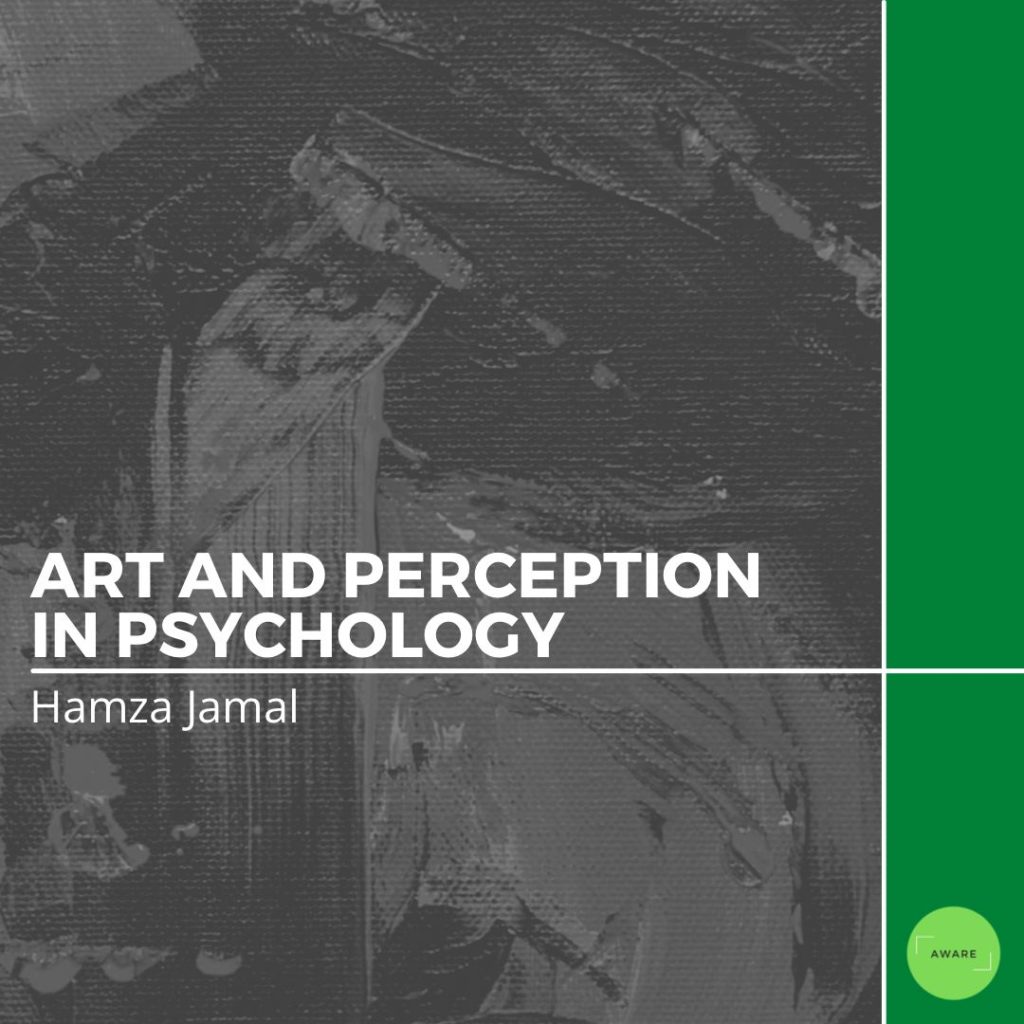Different forms of artwork tend to evoke different responses in our mind due to the visual experiences one has. The main idea behind this is the perception of the artwork in front of us and the mechanisms behind the perception of the artwork that help us analyze the value of the art itself. Does this mean that different forms of artwork involve different neural parts of the brain?
Art & Perception
Over the years, we have been exposed to various forms of artwork that categorize themselves as part of a specific period such as impressionist or surrealist artwork. When we go through the process of looking at visual art, we go through a visual and aesthetic experience that involves a complex combination of sensory and emotional responses. More specifically, the different categories of paintings such as landscape, portrait, and still painting all evoke activity at localized and category-specific brain regions, whereas, in abstract art, brain activity appeared in brain regions activated by all other categories as well.
Comparing different forms of artwork, in this case naturalistic and surrealistic, showcase how some parts of the neural system have a higher activation. Naturalistic paintings lead to a significantly higher activation in the visual cortex, whereas surrealistic paintings lead to a higher activation in the inferior temporal cortex. Impressionistic paintings showcase a higher activity in the visual areas and indicate a feedback projection.
When it comes to why we experience emotions when looking at artwork, using the activation likelihood system used to isolate neural systems, it was found that viewing paintings was correlated with activation in a distributed system including the anterior insula, which is a key structure in the experience of emotion.
Overall, perceiving artwork showcases a much more complex system of brain activation just like any other art form. Different forms of artwork showcase different ways perception takes place for the artwork and how we respond to the visual and aesthetic experiences. More research needs to be put in for topics like this as some areas can still be considered quite vague in their respective research areas. More research can help discover the complex system of perception to a great detail for artwork.
